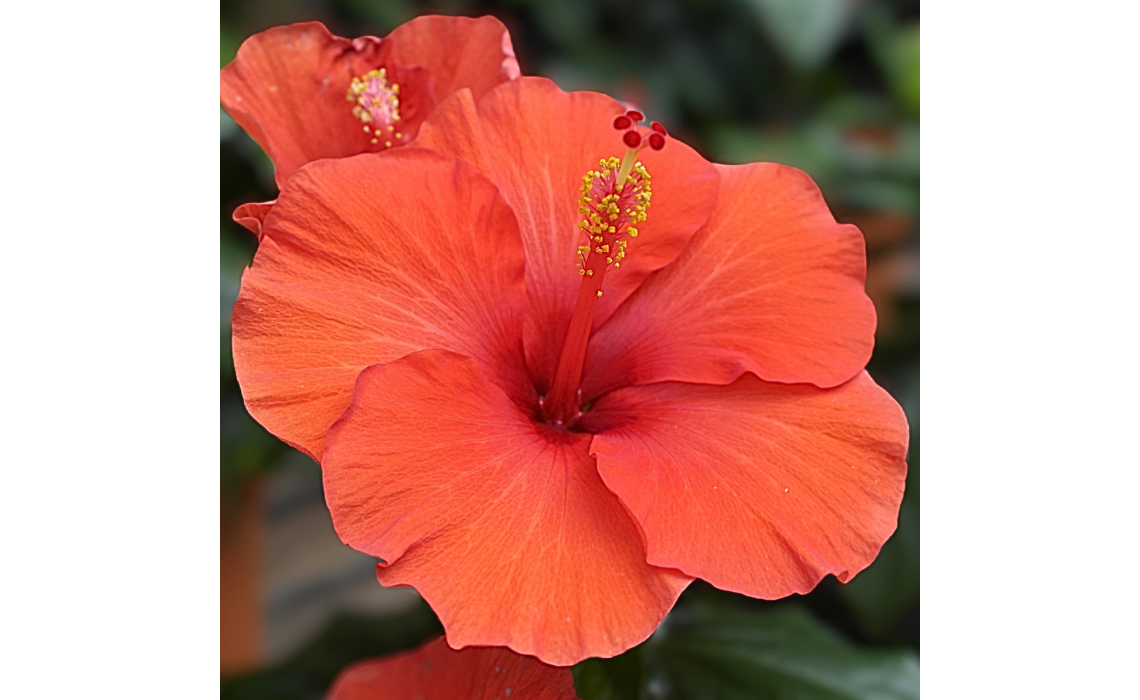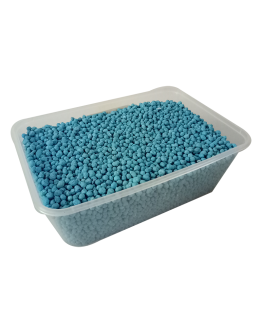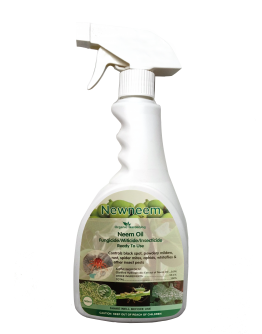
A Blooming Guide: How to Care for Hibiscus Plants in Singapore
Hibiscus plants, with their vibrant and showy flowers, are a beloved addition to many gardens in Singapore. If you're looking to grow and nurture these tropical beauties, you're in for a treat. In this guide, we'll walk you through the essential steps to care for your hibiscus plants and help them thrive in Singapore's unique climate.


Choosing the Right Location:☀️
Hibiscus plants love the sun, so find a spot in your garden that receives at least six hours of direct sunlight each day. While they appreciate the heat, they can also benefit from some partial shade during the hottest part of the day to prevent leaf scorching.
Soil and Watering:
Ensure your hibiscus is planted in well-draining soil enriched with organic matter. Regular watering is essential, especially during Singapore's dry periods. Aim to keep the soil evenly moist but not overly saturated, as hibiscus plants don't tolerate waterlogged conditions. Mulching around the base of the plant can help retain moisture and regulate soil temperature.
Fertilizing Routine:
To promote healthy growth and abundant flowering, feed your hibiscus plants regularly with a balanced, slow-release fertilizer. During the growing season (spring and summer), apply a granular fertilizer every two to three months. Be sure to follow the manufacturer's instructions for the appropriate dosage. Avoid excessive nitrogen, as it may hinder flower production.
Pruning and Shaping:
Pruning is crucial for maintaining the shape and vigor of your hibiscus plants. Regularly remove dead or diseased branches, as well as any crossing or overcrowded growth. Prune after the main flowering period to encourage new growth and prepare for the next blooming season. Additionally, pinch back the tips of young shoots to encourage bushier growth.
Pests and Disease Management:
Keep a watchful eye for common pests such as aphids, mealybugs, and whiteflies. Regularly inspect the leaves and stems for any signs of infestation, and promptly address the issue with organic insecticidal soaps or horticultural oils. Adequate airflow and spacing between plants can help reduce the risk of fungal diseases, such as powdery mildew. If needed, apply appropriate fungicides as per the instructions.
Winter Care:
While hibiscus plants are generally hardy in Singapore, they may experience some leaf drop or reduced flowering during cooler months. Protect them from strong winds and provide some additional insulation if necessary. Reduce watering during this period, allowing the soil to dry out slightly between waterings.
Conclusion:
With proper care, attention and love, your hibiscus plants will reward you with their stunning and vibrant blooms, adding a touch of tropical splendor to your garden. Remember to provide ample sunlight, maintain well-drained soil, fertilize regularly, and keep an eye out for pests and diseases. Embrace the joy of nurturing these enchanting plants, and soon you'll be basking in the beauty of your flourishing hibiscus garden in Singapore.
Note also: Hibiscus plants can come in various species and hybrids, each with its unique care requirements. Tailor your care routine based on the specific type of hibiscus you have, and consult your favorite Garden Centre for more info.
.png)
@ChinLingNursery
Related products
NPK Granular Flowering Fertilizer N-P-K (12:12:17+2MgO+TE) is suitable to apply to all types of flowering plants and fruit trees. It is extensively suitable for various kinds of soil.Directions of Use Type of Plants Amount of fertilizer to apply onto the soil Small shrub/herbs, potted plants less than 25cm diameter Half to one teaspoon Bigger Potted plants more than 25cm in diameter or small tree 1-2 tablespoons Tree 2-4 tablespoons ***Guidelines: Always drench through the soil immediately after application of fertilizer for better penetration and absorption of nutrients by plants.For container planting, scatter granular fertilizer near the edge of the flowerpot, avoid applying fertilizer too near to the main stem of plants.Frequency = 2 weeks onceSample of Fertilizer Application Schedule for Flowering Plants. Application date Type of Fertilizer 1st Sunday Growth Fertilizer N-P-K (15-15-15) 3rd Sunday Flowering Fertilizer N-P-K (12:12:17+2 TE) 5th Sunday Growth Fertilizer N-P-K (15-15-15) 1st Sunday (Next month) Flowering Fertilizer N-P-K (12:12:17+2 TE) A product of BelgiumMore info for Growth Fertilizer..
Pruning Shears for TrimmingUse in gardening or arboriculture to prune hard branches of trees and shrubs, up to 2cm thick.High-Quality Carbon SteelMade of high-quality carbon steel, high durability and heavy-duty usage, clean cut. Designed with a conveniently located catch to facilitate safe and easy storage after use. Ergonomic handles are designed for your comfort but are not insulation from electric currents and shocks. Dimension: 17.0cmL x 5.0cmW Made in Taiwan..
• For Organic Gardening, use on roses, flowers, fruits, nuts and vegetables.• Controls Black Spot, powdery mildew, rust, spider mites, aphids, whiteflies & other insect pests.• Multi-purpose fungicide/miticide/ insecticide - 3 in 1 products.• Kills eggs, larvae and adult stages of insects.• Do not apply to wilted or stressed plants or to newly transplanted plants.• Apply in early morning / late evening to minimize the potential of leaf burn.• Check for leaf burn in small trials prior to use.Active ingredient: Clarified hydrophobic extract of neem oil...


-262x334.png)
-250x300.png)



-60x76.png)


-60x76.png)


